In Deep Gets a Pop Culture Tour: Long Island Gold Coast
The Great Gatsby. Blank Space. Sex and the City. Succession. Gossip Girl. Hitch. Cruel Intentions. American Gangster. The Gilded Age.
What was your favorite movie to watch on road trips growing up? Let me know by leaving a comment or replying to this email. I’m working on a reader round-up for the next issue In Deep! If this post is too long for your inbox, click the title to read on the web page.
“We drove over to Fifth Avenue, so warm and soft, almost pastoral, on the summer Sunday afternoon that I wouldn't have been surprised to see a great flock of white sheep turn the corner.” —The Great Gatsby
Last month, MMGY and I LOVE NY invited me on a trip to New York’s Gold Coast. I honestly will take any opportunity I get to say “New York Gold Coast” over and over again because it feels fancy coming out of my mouth and I am shallow. Or am I just a Libra?
The trip took place to the date on the 100th publication anniversary of The Great Gatsby — the only book I Spark-Noted in AP English my senior year of high school (I’m so very sorry, Ms. Sarosdy. This still haunts me.) because I was l finishing so many other school projects at the same time. But alas! I finally finished it years later because it really is a required reading in many ways.
We ventured by bus to the sparkling seaside (read: Long Island) to visit the houses (read: mansions) and picturesque settings that inspired the 1925 novel written by F. Scott Fitzgerald. We started at Old Westbury Gardens, then stopped in Oyster Bay (the cutest town ever) for lunch at a chic little restaurant with martini wallpaper called 2 Spring. After lunch, which was very good, we headed to the Vanderbilt Museum and Planetarium before the trip culminated with an overnight stay in Oheka Castle complete with a festive cocktail hour and nice dinner in its Charlie Chapman room.
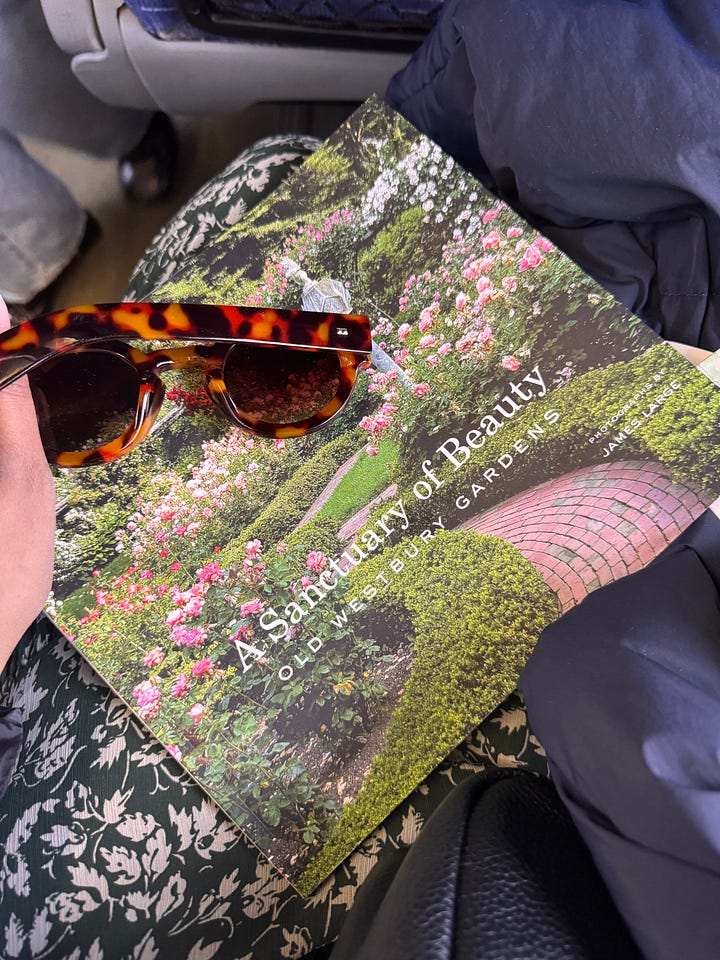

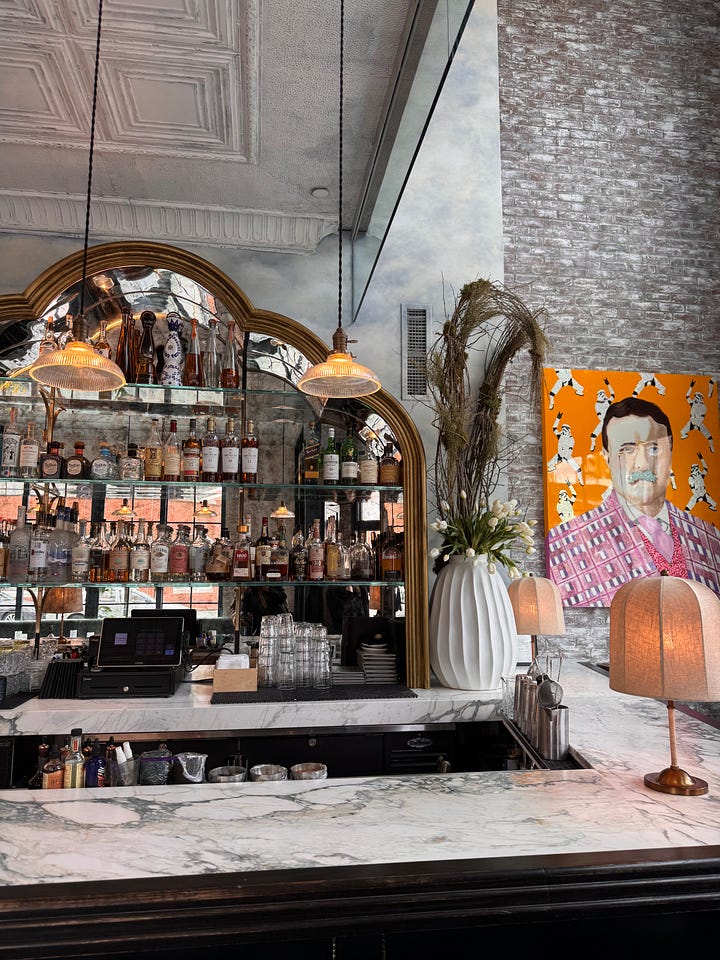
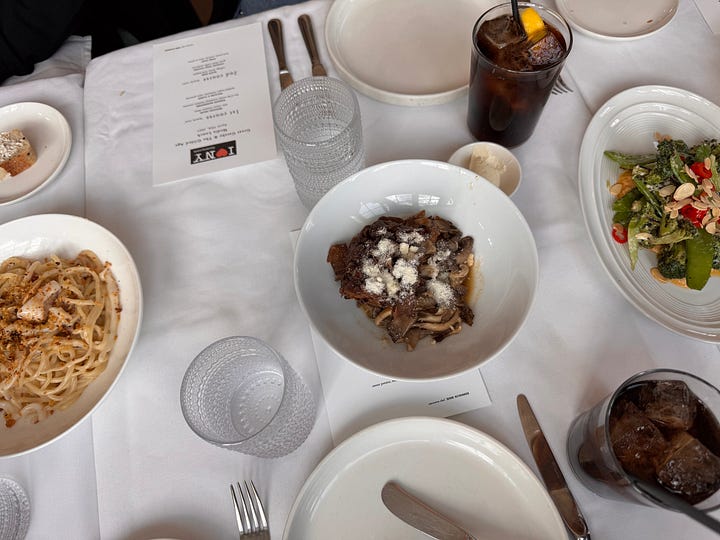
But let’s cut to the chase. I am a terrible person to invite on any tour dealing with history, mostly in America, because I am parsing through everything being said the entire time fully imagining what isn’t. I’m paying less attention to the institution, and more attention to how the institution chooses to approach the subject or the subject matter. I’m mostly listening for how it chooses to tell the story about itself.
While a tour may hate to see me coming, I do love a tour. Because they get me thinking about a lot. What existed before? What will exist after? When it’s talking about the elite, why is it hyper-focused on things and how much people had of it instead of the people who had those things? When the tour is about the marginalized, how did those peoples creatively endure and overcome? How do legendary things — places, people, images, sounds — become legendary in the first place?
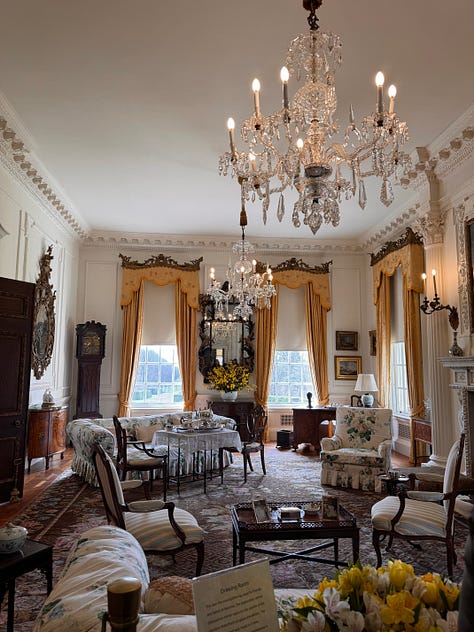
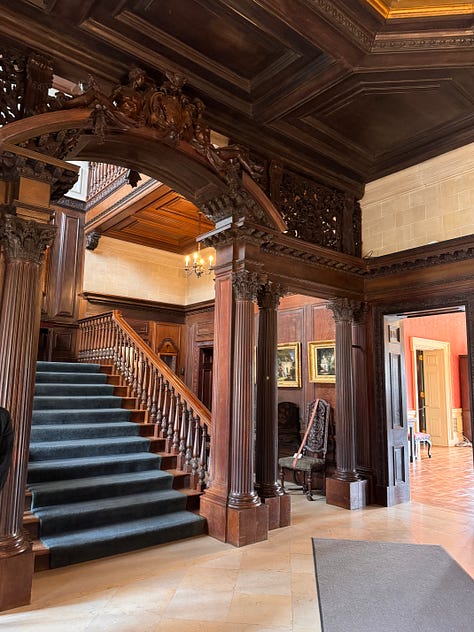
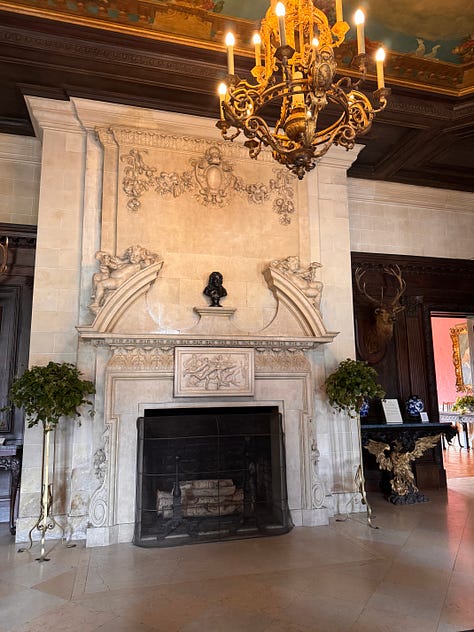
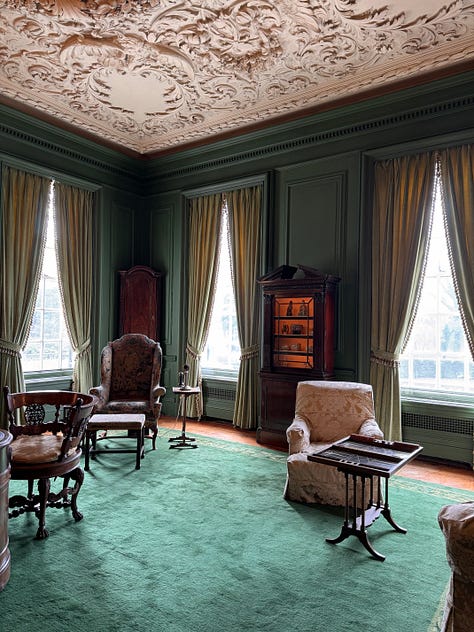
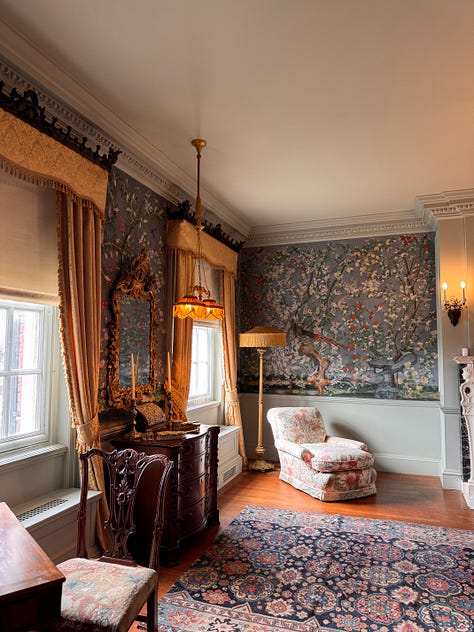
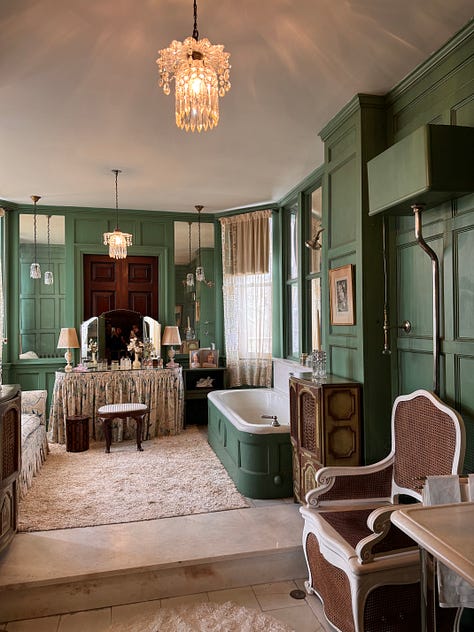
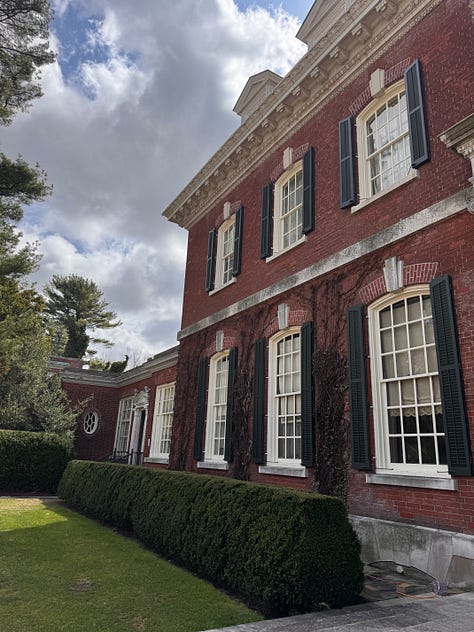
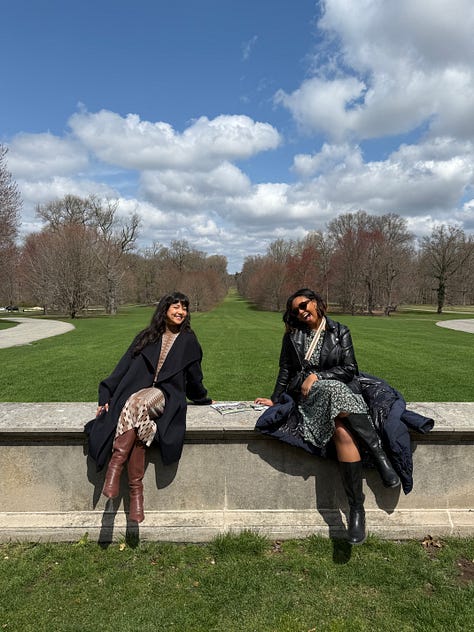
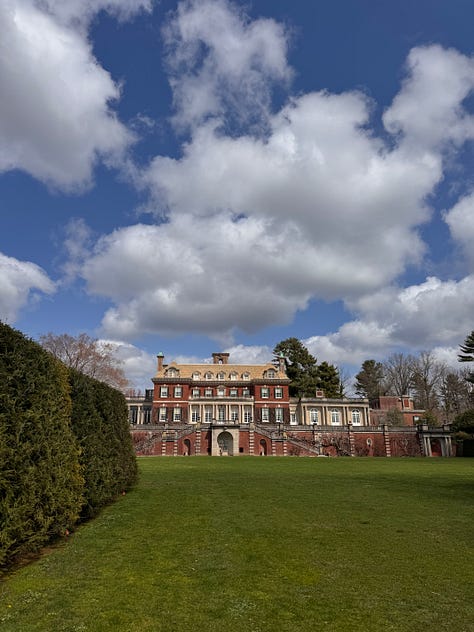
The sweeping lawns, sparkling ponds, and beautifully Bridgerton-reminiscent rooms of the Old Westbury Gardens were gorgeous. But I’m not particularly wowed that it was originally Quaker farmland purchased by anglophiles, who fashioned the house to look like an old English countryside estate, or that they used actual stone from England on the roof, or that it once had a whole two and a half polo fields.
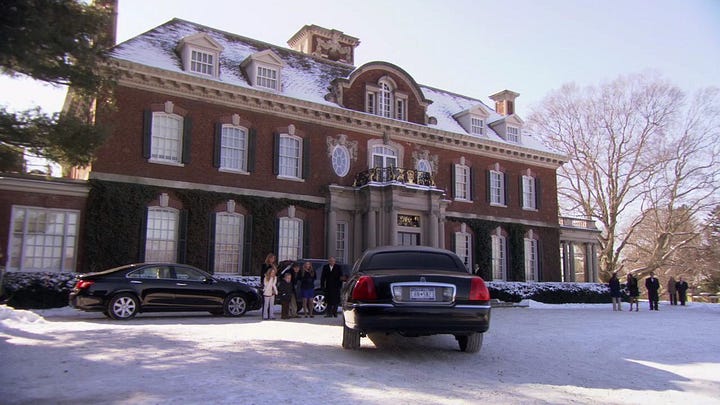
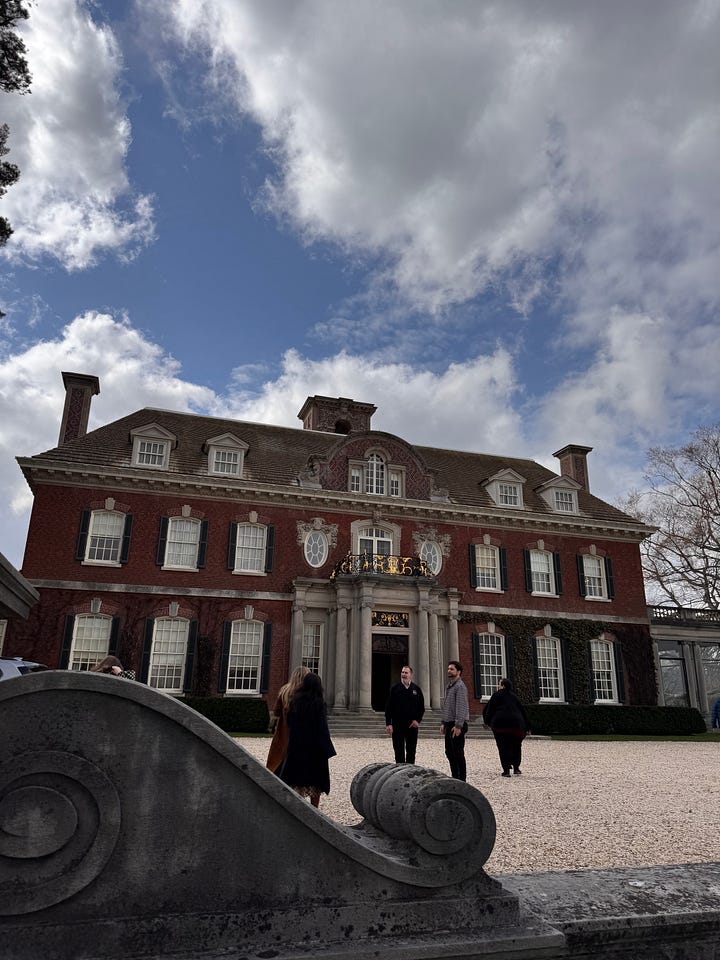
I was also not wowed by the knowledge that the Vanderbilt mansion — later made into a museum, planetarium and marine and natural history museum — was their summer home, or that Cornelius Vanderbilt built his wealth by giving free ferry rides to put all his competition out of business then raised the prices, or that his grandson William K. Vanderbilt II legally (our tour guide was sure to emphasize “legally” many times) purchased a mummy (yes, a mummified female, the dead body of a woman) during a trip to Egypt and had her shipped to be displayed in his summer home in America that guests are casually escorted to see as an “educational opportunity.” (On a lighter note, the propaganda I am falling for: delightful and charming details like the fact that every road in Long Island used to be made of crushed oyster shells. Perfectly lovely!)
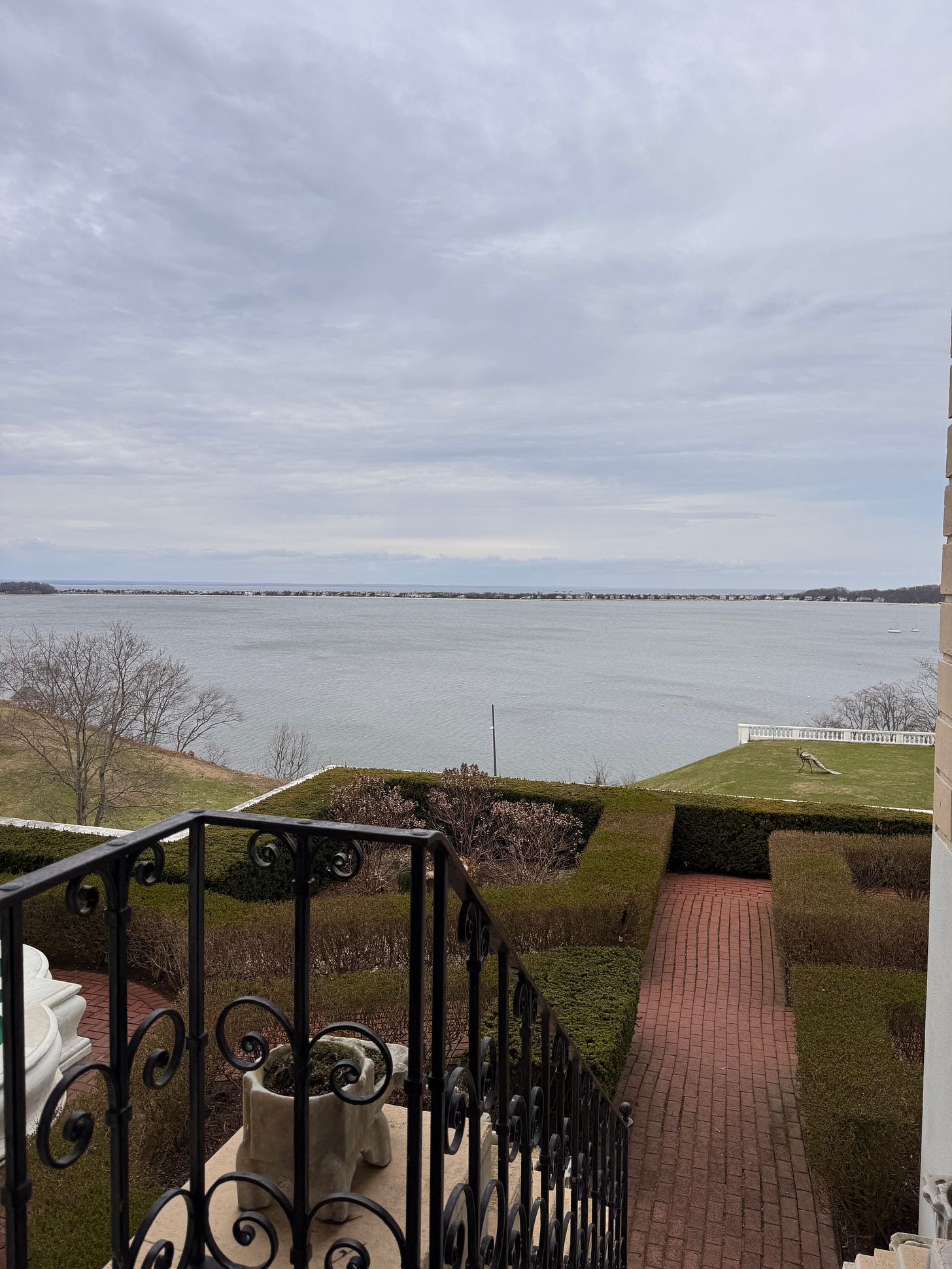
The Oheka Castle tour was the only one to acknowledge that the Gilded Age was kind of obnoxious (not their words exactly, lol) in the way that it was marked an era of being obsessed with “bigger and better.” Neighbors were trying to outdo each other with outlandish mansion parties. This honesty was refreshing to me. And it finally allowed me to lean into the delusional fantasy of it all.
Fantasy, to me, was the most interesting part of the trip. None of it was real to me, not in the way it could be imaginatively accessible to those who are white or have generational wealth or are from the area. My ancestors and people who looked like me would never have been welcome into this coastal high society. Because of this, the New York Gold Coast represented something different to me.
I found it hiding in Oheka Castle. During New York’s Gilded Age, it was bought and owned by a man named Otto Hermann Kahn. He was Vanderbilt’s investment banker. And he was Jewish.
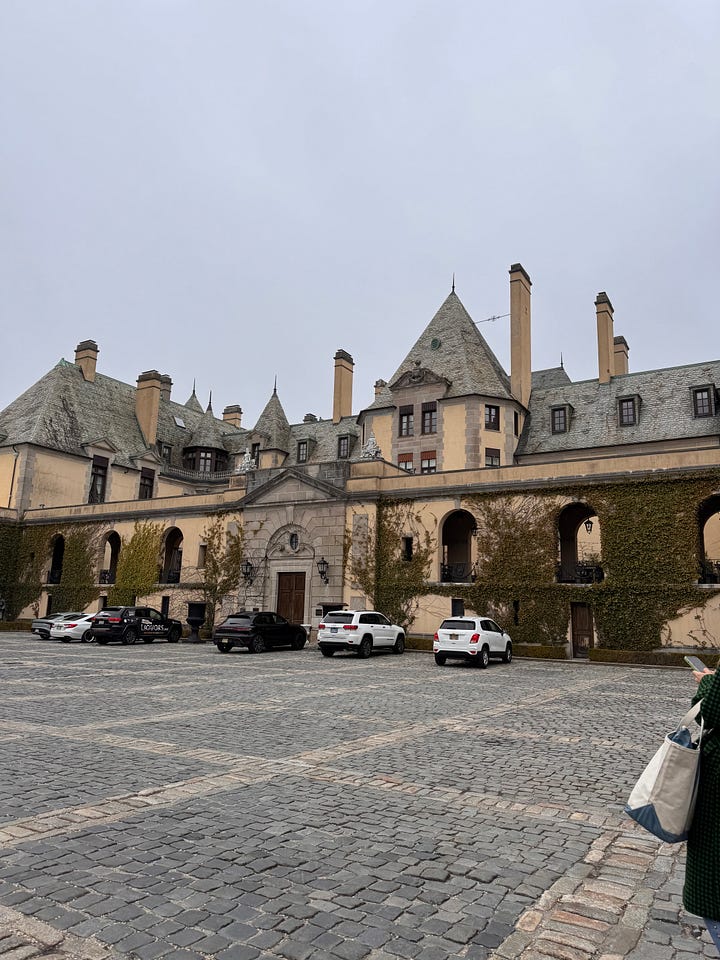
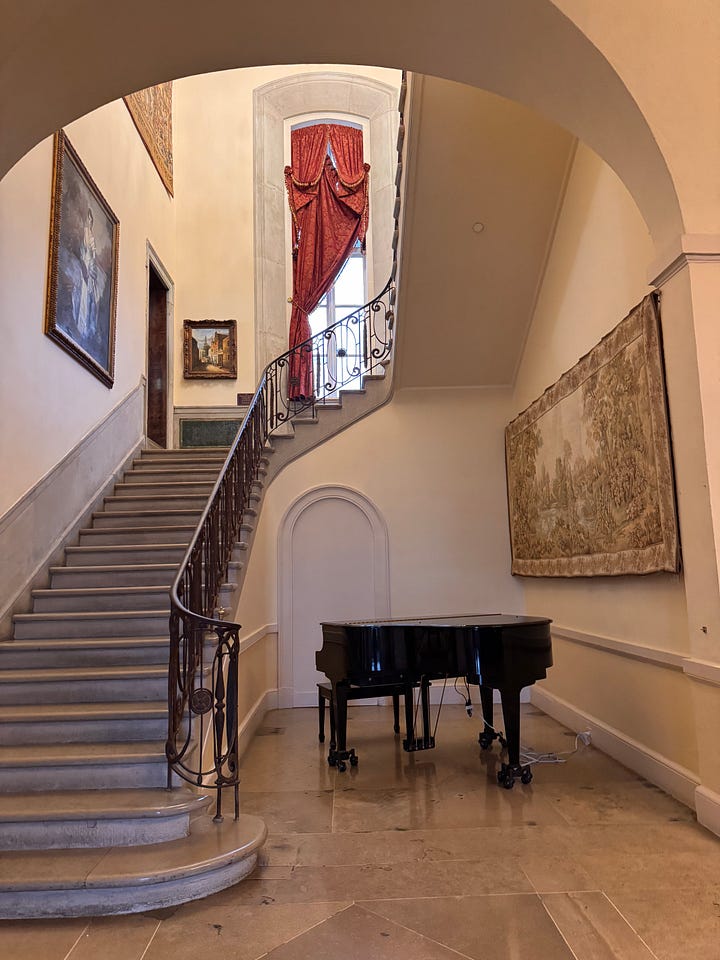
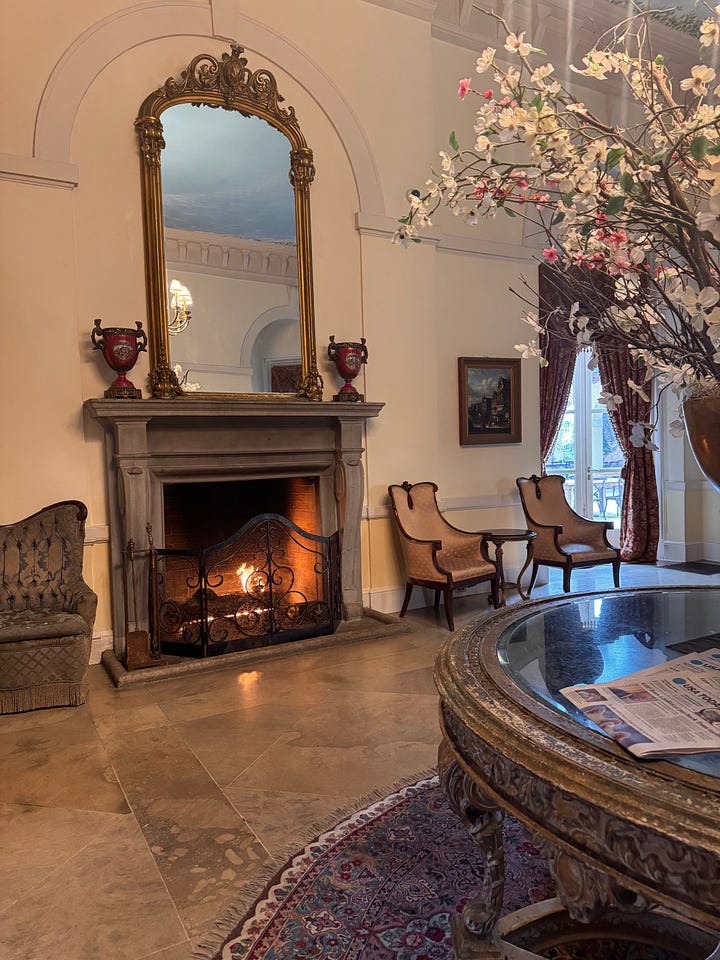
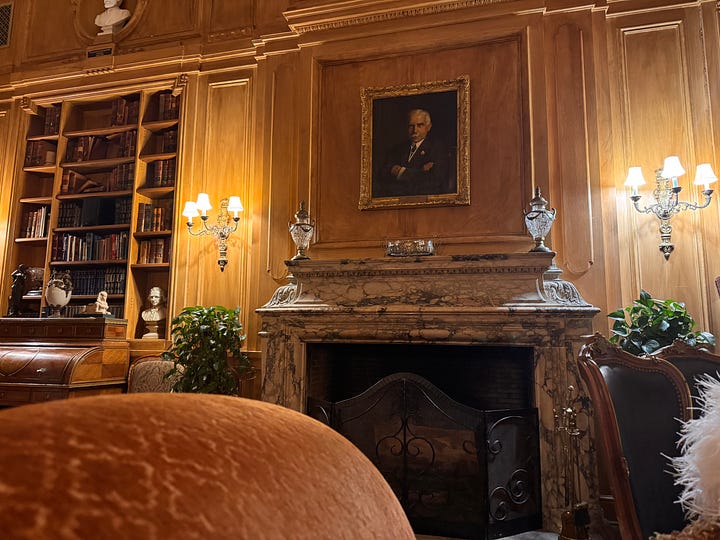
Despite being credited for growing Vanderbilt’s wealth, Kahn wasn’t allowed entry into many Long Island establishments, most notably the local country club. So he made this mansion, an abandoned military school, into his own refuge. A lavish place to throw his own gatherings and abide by his own rules. And I love nothing more in pop culture — and in life — than witnessing the different ways particular people reclaim or make something their own.
COWBOY (CARTER) LIKE ME 🇺🇸
Hi again! This is part three of a four-part series on Taylor Swift as a cultural topic. Today is all about Beyoncé — and maybe a little Kacey Musgraves, too — which means it’s *obviously* the most important one to date. You can read part one and part two
Maybe I love the idea of “reclaiming and making something your own” because I grew up in the age of recreating music videos on YouTube, and fondly spent over a decade of my life partaking in it. I’ve always loved the art of using what resources you have available to you to retell or replicate a story or image or music ingrained in you for one reason or another. It’s a creative challenge; the world’s most pleasing puzzle. And it has scratched my brain since I can remember.
During my senior year of college almost a decade ago, myself and other digital video and cinema students were tasked with making a short film or music video for our capstone project. My video partner Melissa and I decided to recreate Taylor Swift’s “Blank Space” music video, frame by frame, as close to the original as possible — which happened to be shot at the Oheka Castle in 2014.
A recreation may not be original, but I believe it is effusively creative. I have a mosaic of memories; buying cherry red lipstick and two TV dinners at the Dollar Tree to plate for that first fancy dinner scene; shopping our star’s closet to find a comparable dress in the trenches of what she already owned because we were on a college budget. I remember the thrill of getting the perfect shot after finding the perfect white wall and the perfect red apple; the frustration that the t-shirt lit on fire and dropped from the balcony of my $250 per month apartment didn’t look as dramatic as in the original; the exhaustion from video editing; the irritation rightly radiating from our two sweet stars when we had them sit on the train tracks in the freezing cold for one more take.
I was not a fan of Taylor Swift at this point. But the genius of the video was unmissable. I remember watching it over and over. It wasn’t just gorgeous to look at. It told a full story from start to finish, ending up where it started to wink at a perceived cyclical nature. Its satirical lyrics were a soundtrack to anyone who could relate: mostly girls who have been deemed “crazy” by lovers or almost-lovers. (As Kerry Washington wrote in her memoir, “‘You’re crazy’ are the two words that have kept women in their place for decades.”) Got a long list of ex-lovers / They’ll tell you I’m insane / But I’ve got a blank space, baby / And I’ll write your name.
I remember watching and strongly sensing early on that it was her mansion and her money, not his. I remember watching and thinking, “This is a woman who knows herself,” although I couldn’t relate to every aspect of her identity. I remember watching and feeling like she was in charge of the narrative; that she was in on the jokes about her; that he played the game, yes, but she could play it better. To see the location where the entirety of the video was shot in-person was honestly even more exciting than I anticipated.



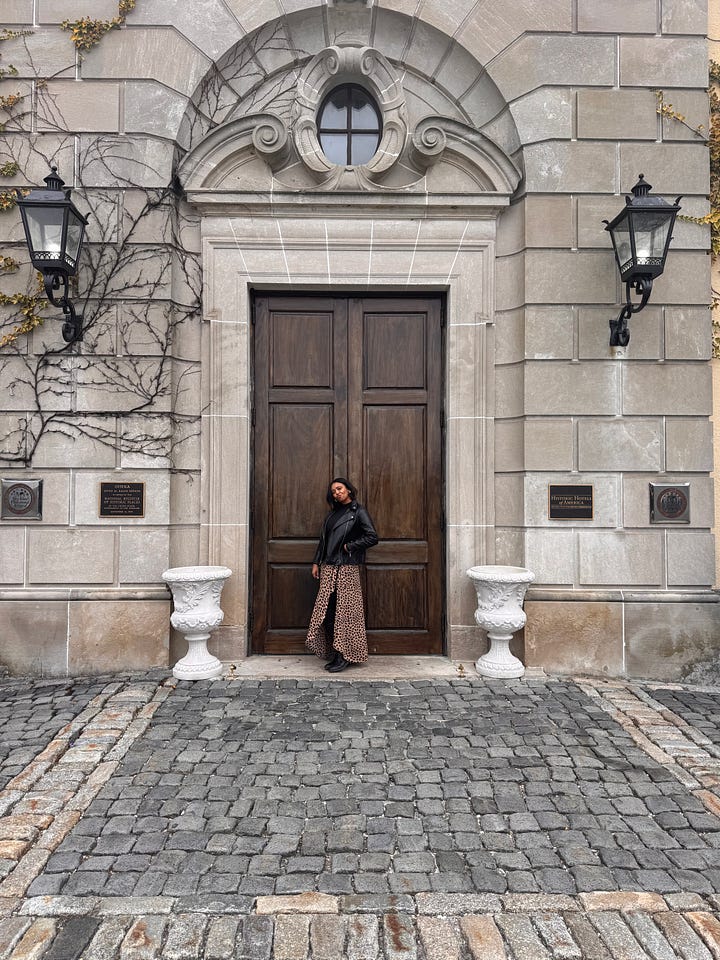

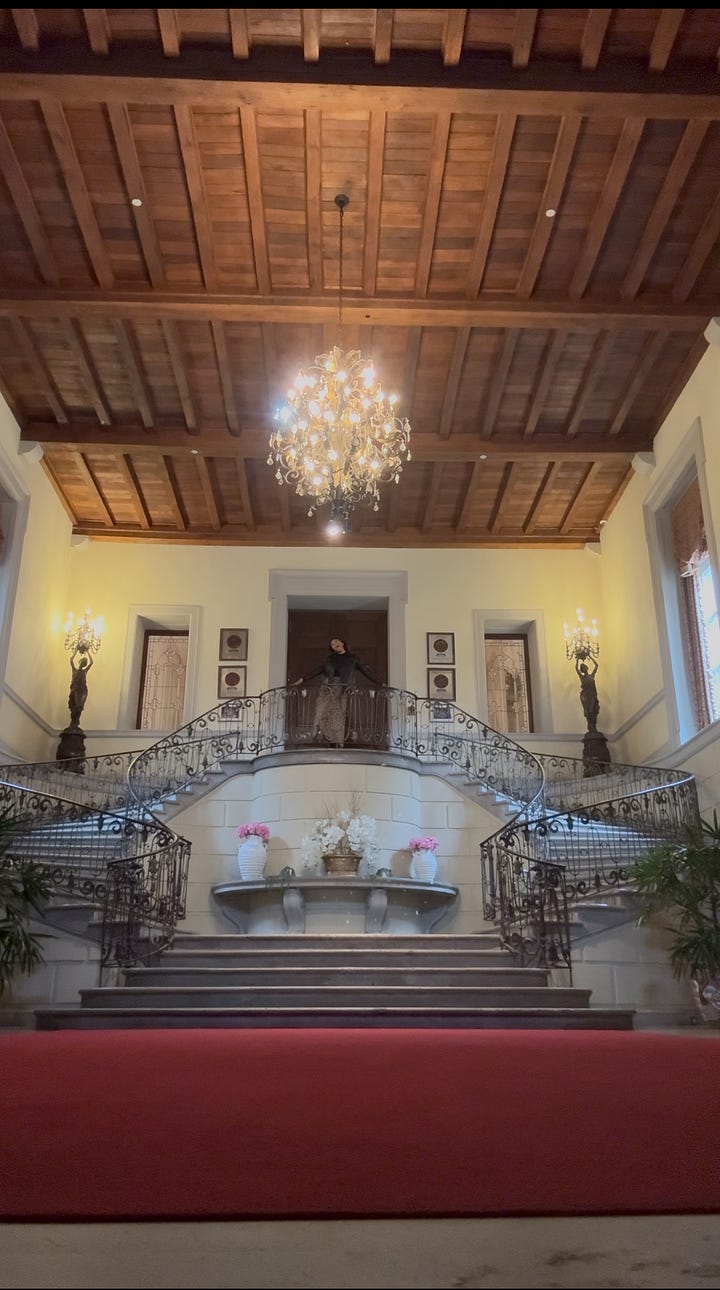

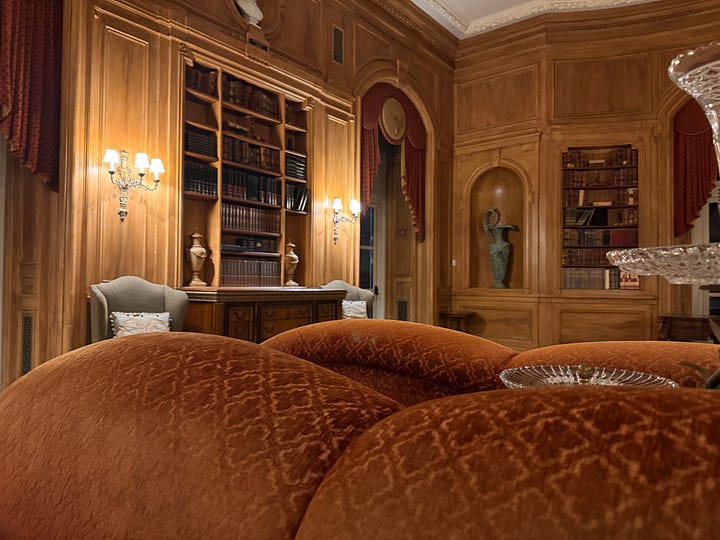

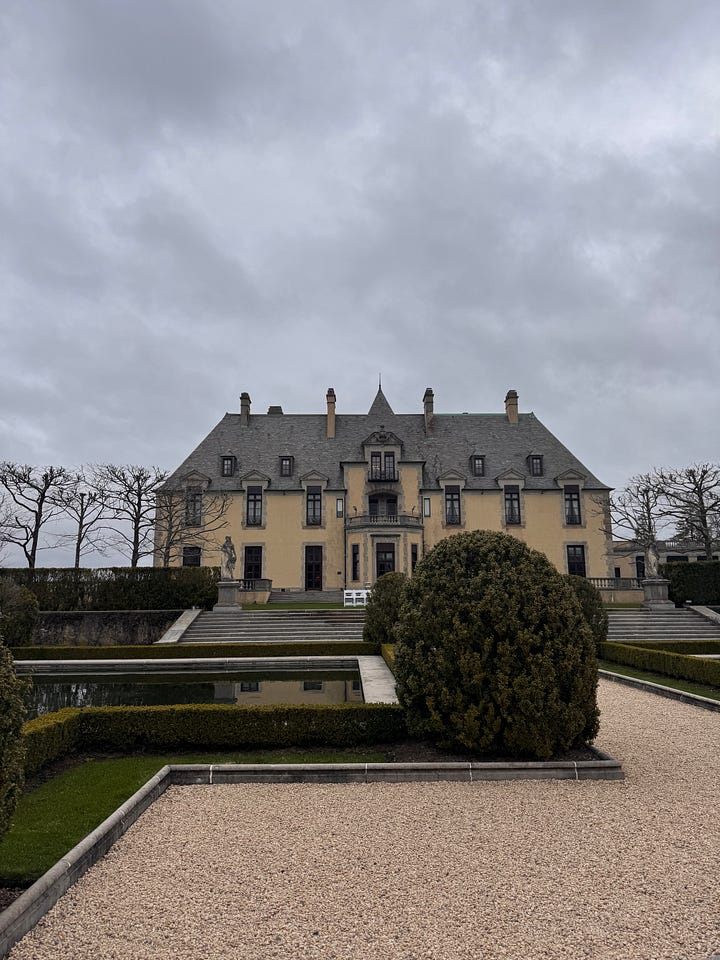

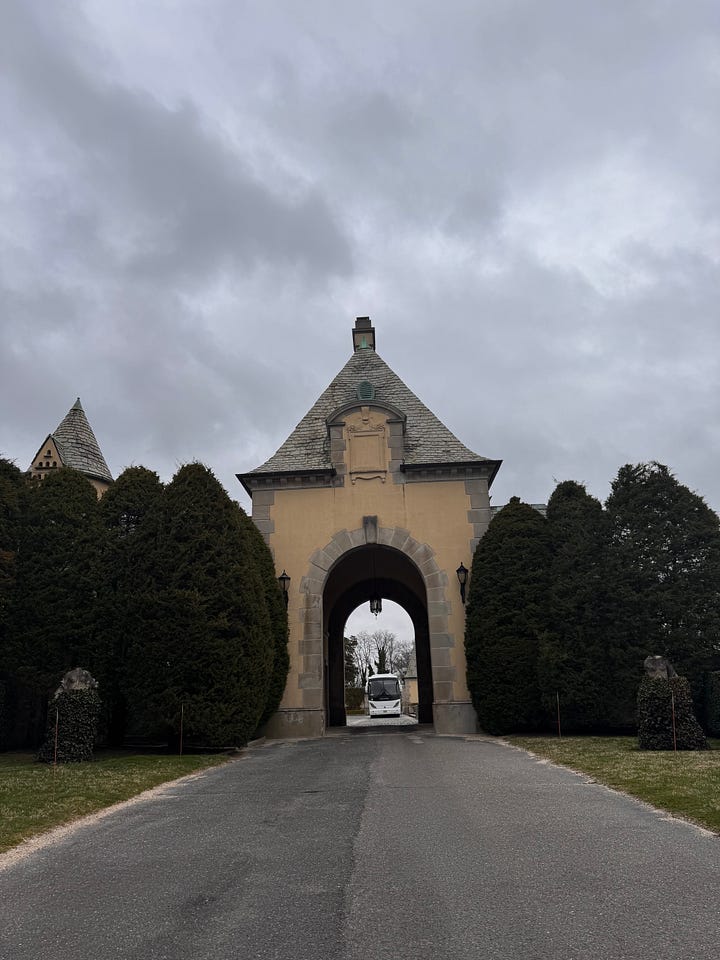
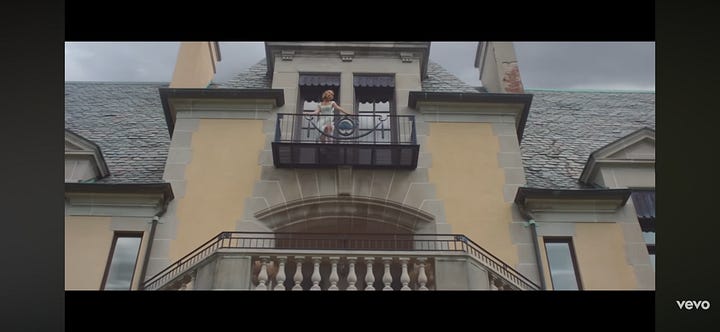
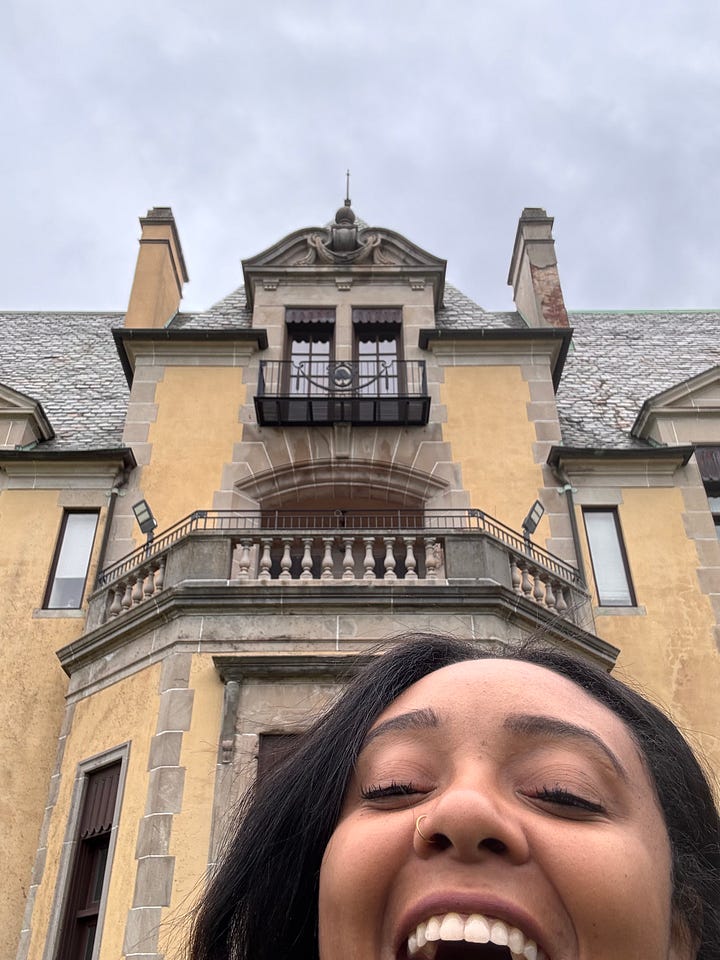

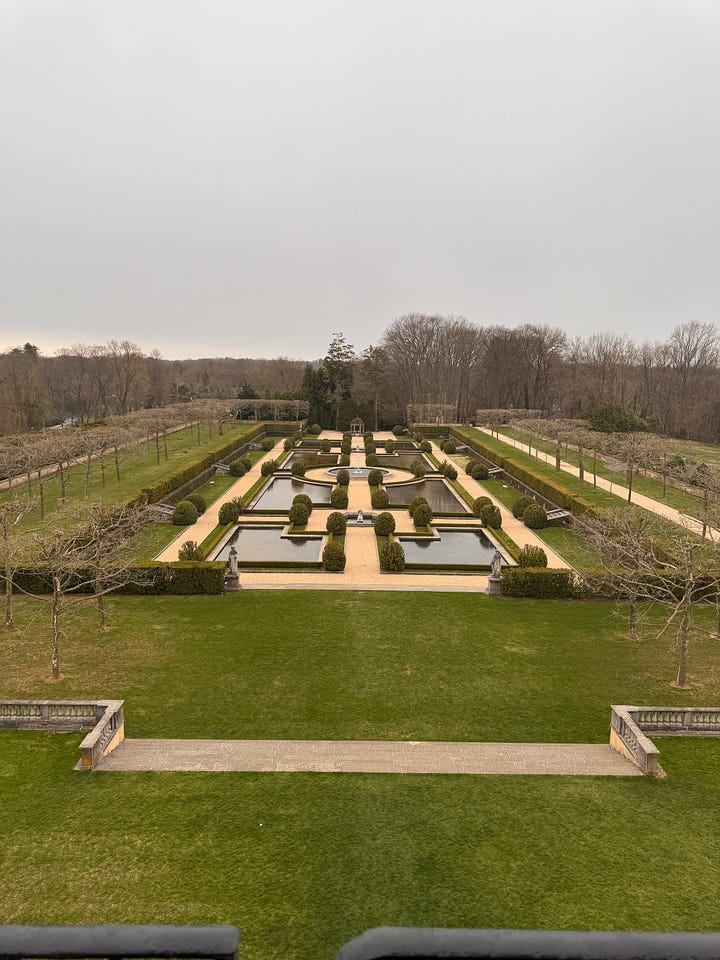

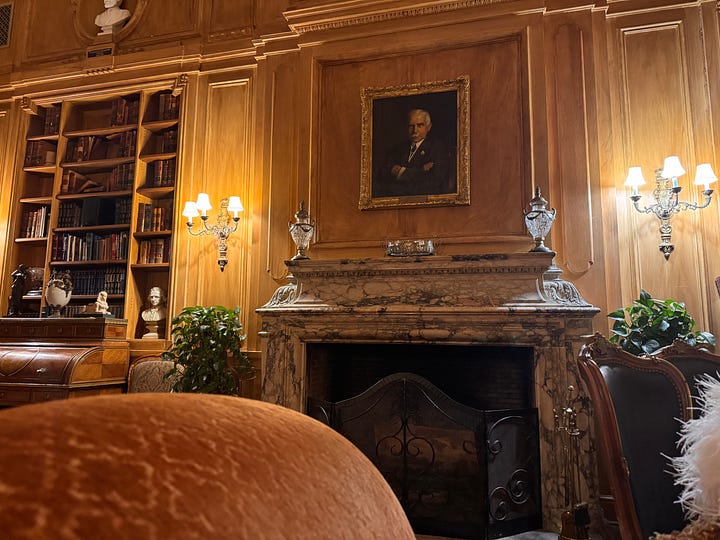

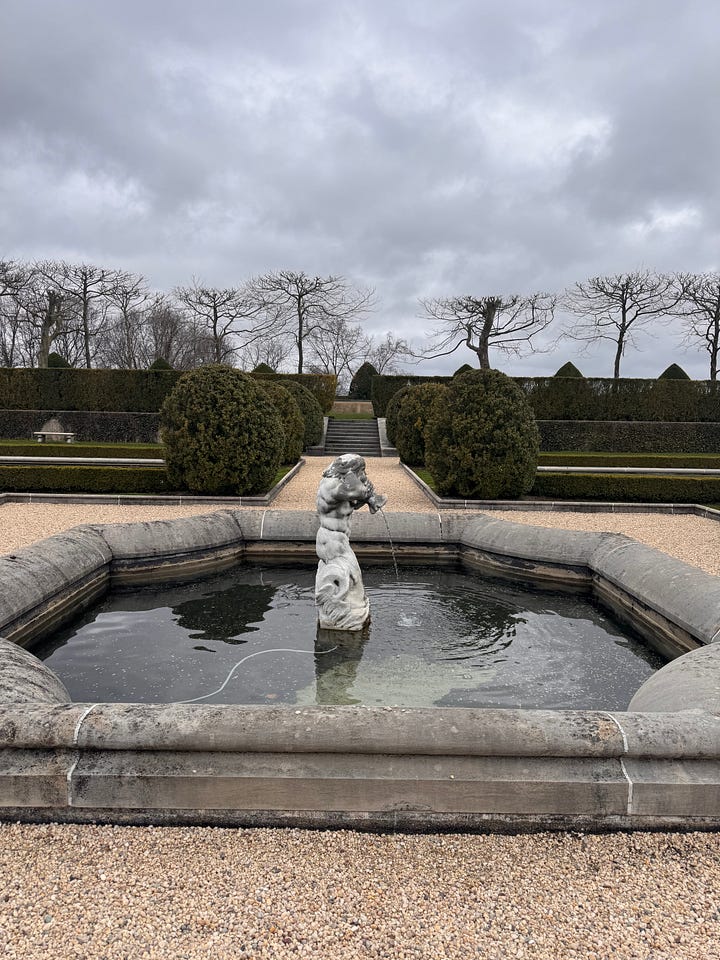

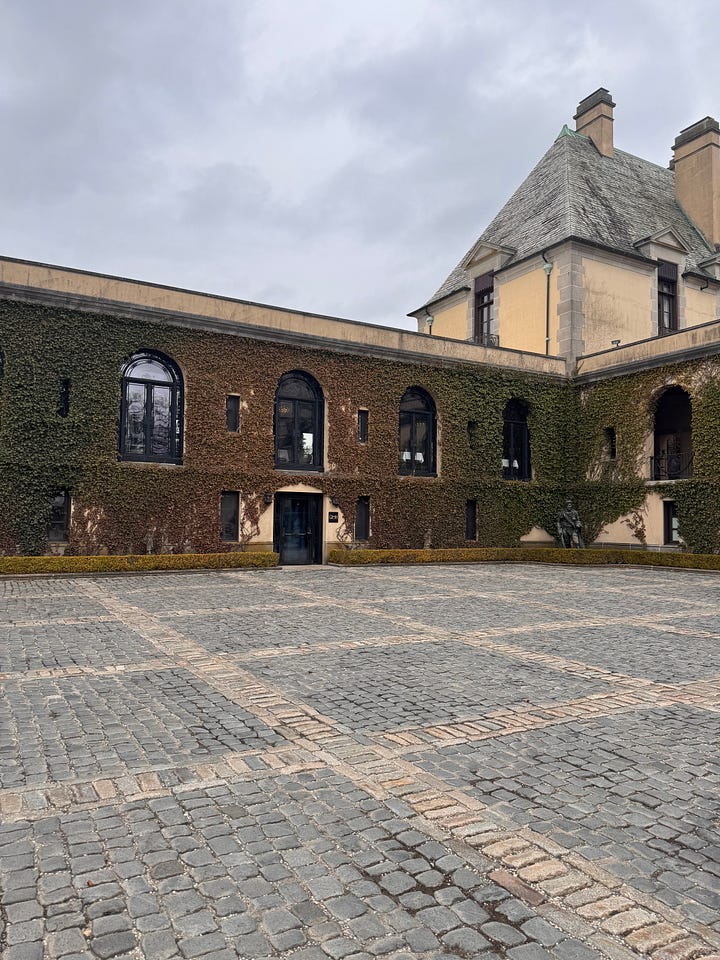
This trip didn’t make me pine for a general past, because for me, it couldn’t. It didn’t make me pine to be like Taylor Swift, or the clever caricature that she played of herself, either. It made me pine for my own history.
It made me nostalgic for my own youth and what it brought back; what my own imagination and creativity gave me. It rendered me in involuntary awe, reflecting on the girl who saw this location on-screen for the first time over 10 years ago and was now freely roaming around inside of it because of her job in a city she loves, doing the very thing she wanted to do most as a child. It made me think of my nana, Laurene Webb, who grew up in Jersey City two rivers away during segregation — and her granddaughter standing there writing a new history in the fur coat she passed down to her. It made me think of my own ancestors, who would have been turned away from that country club like Kahn — and high society.
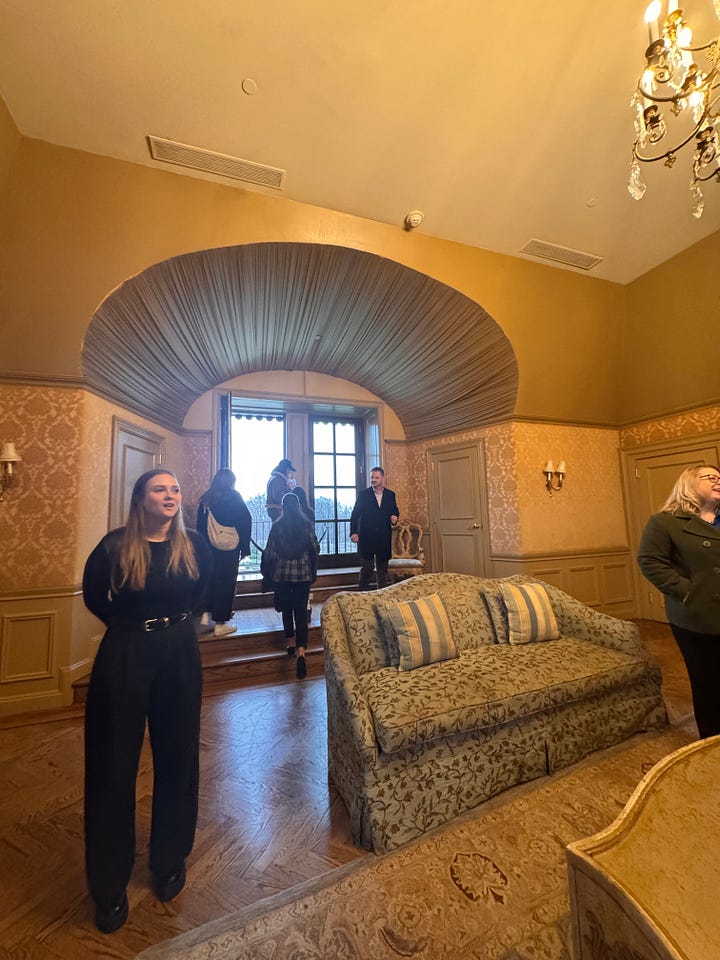
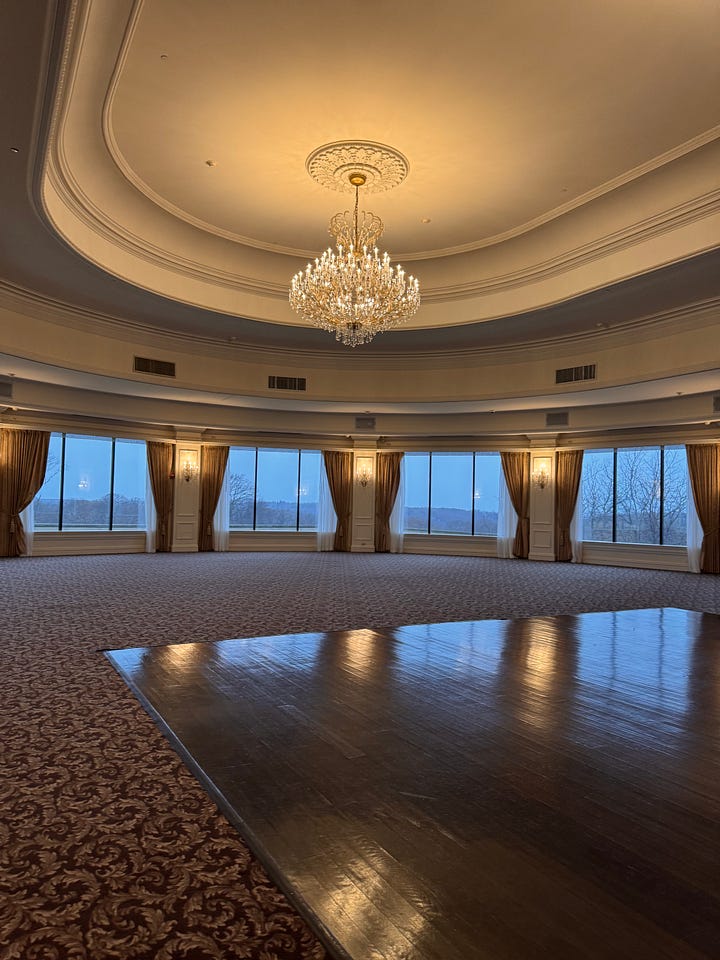
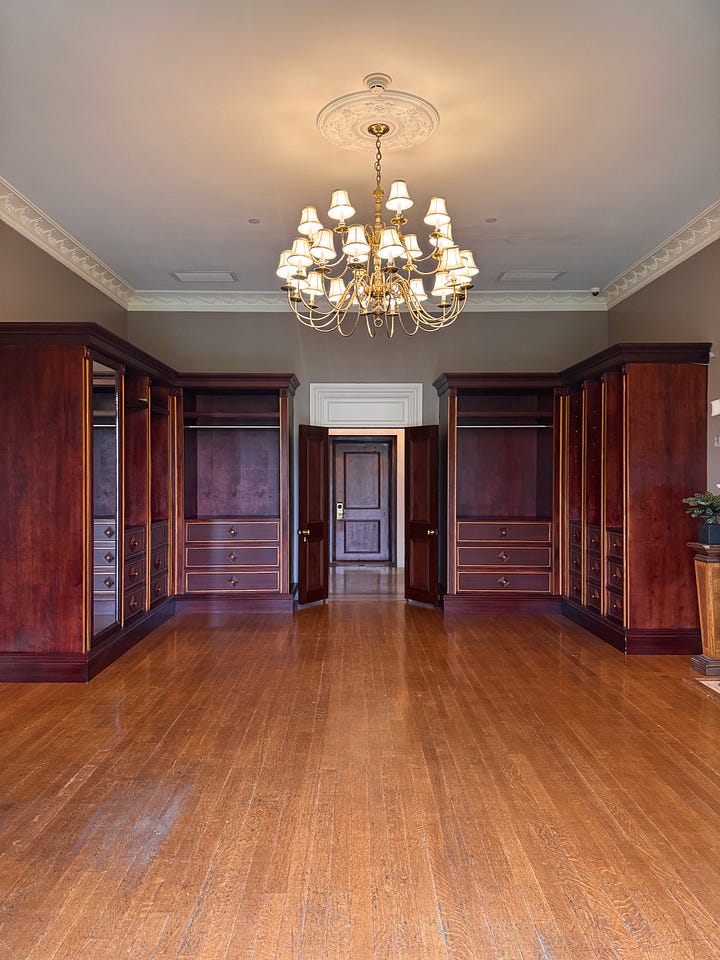
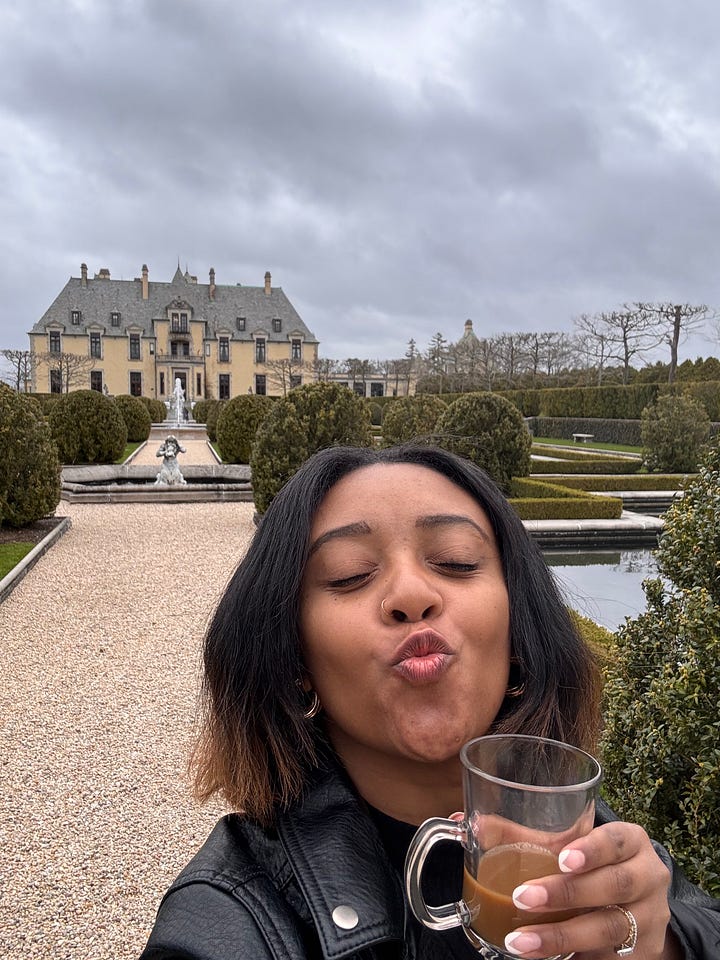
This trip was a novel reminder to me that every person visits sites like these all over the world for their own individual reason or reasons. Some because they take real interest, others because it feels like what you’re supposed to do if you’re, you know, in the area. Some go for the architecture or art, some for the culture or entertainment, some for the history — whichever singular history it typically chooses to represent or is presented through the lens of. All are fine reasons.
But me? I’m not particularly nostalgic for the New York Gold Coast because of the art or architecture, the history or wealth. I am nostalgic for what it represents to me: Creativity. Invention. Self-Discovery. And I’ve found that what you pine for is always trying to tell you something new.
Hi there! My name is Mia Brabham Nolan and I’m a writer by day and by night, currently living in New York City. I write the entertainment, music, and culture Substack newsletter In Deep with Mia Brabham Nolan. I’m on Instagram @yourstrulymia. Leave a comment with your thoughts or saying hi and I’ll always respond. Thanks for reading :)
I’m giving away two gifted copies of Chelsea Fagan’s new romance book and sophomore novel, The High Dive! One to someone at random who is a paid subscriber, the other a free subscriber who leaves a comment. I’m half way through and I love it. It takes place on a yacht traversing European seas where college friends reunite for a wedding and touches on money and class, kind of like this post. I mean. Say less.
Thanks for reading In Deep with Mia Brabham Nolan! Subscribe to receive all new posts, or become a paid subscriber to help support my time and work. This essay was edited by the wonderful Rebecca Snow. All silly little opinions are my own.




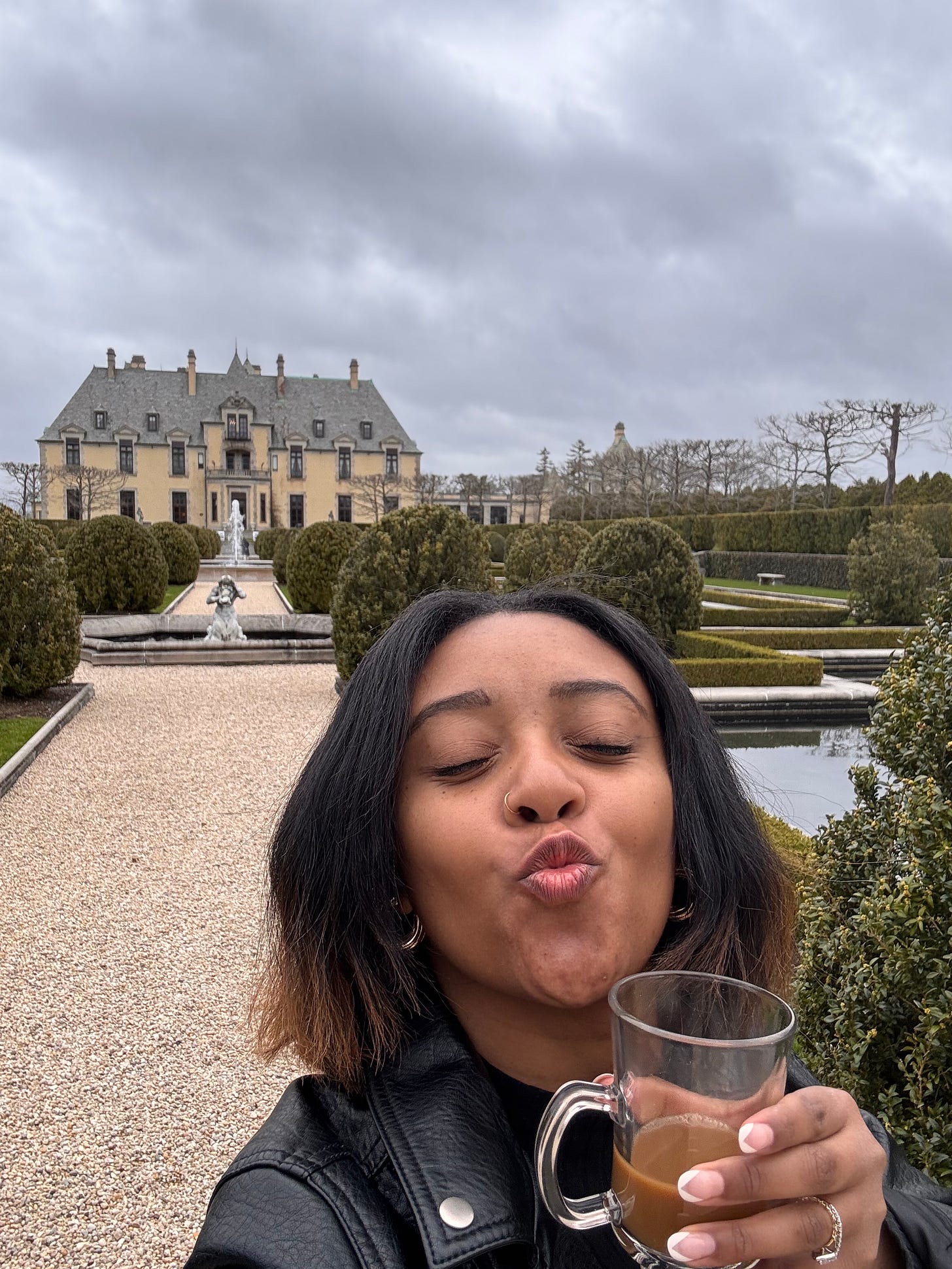
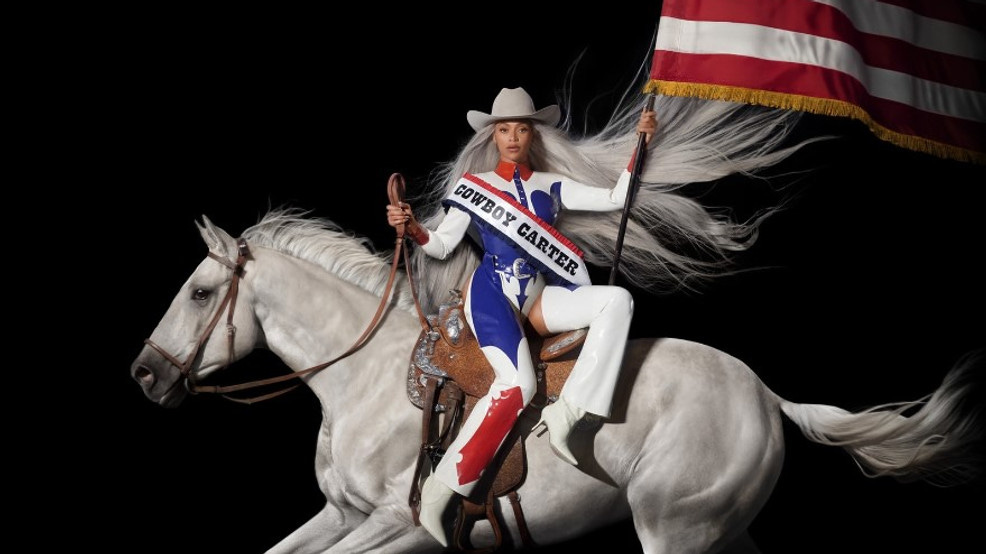
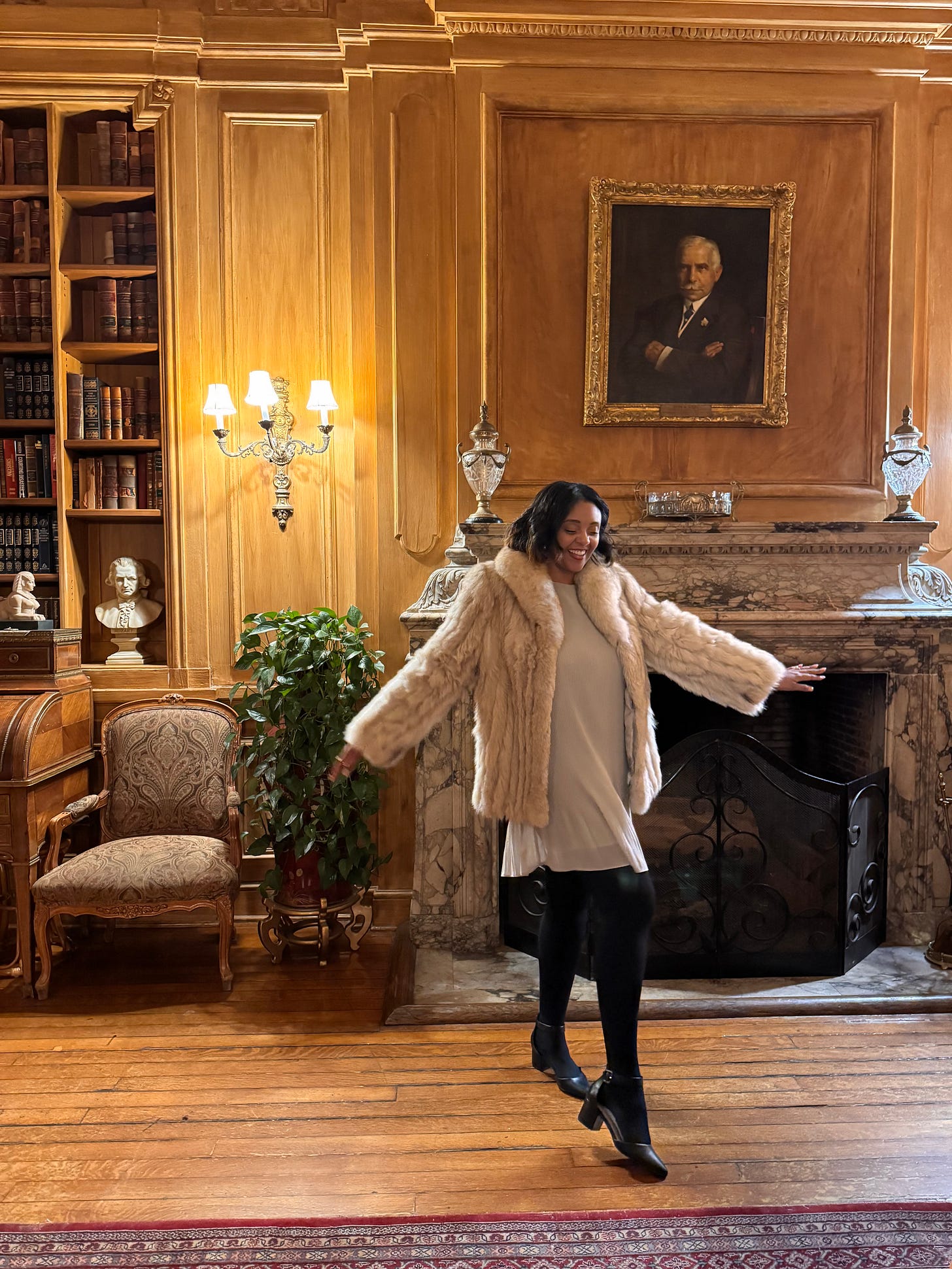
Love this! You should also check out Sands Point Preserve, it has a beautiful mansion & garden right by the beach that very much gives Bridgerton vibes. I live & grew up on Long Island and would love to give a tour if you write a part 2! 😄
👏🏽🫶🏼 profound, Mia!